Pollinators are an important natural resource in Georgia, providing an estimated value of $360 million in pollination services. Agricultural crops and native plants need pollinators to successfully produce fruit and seeds.
Unfortunately, pollinators face a growing number of challenges, like parasites, diseases, habitat loss, weather extremes and misuse of pesticides. Providing flowers is one way to help local pollinators. Thoughts of pollinator habitats conjure up images of wildflower meadows or cottage gardens blooming in the full sunlight.
For homeowners surrounded by shade, pollinator-friendly landscapes can seem unattainable, but they don’t have to be.
Landscapes featuring trees and an abundance of shade can be great resources for pollinators, too. Existing flowering trees, shrubs and shade-tolerant herbaceous plants in shaded landscapes are beneficial resources for pollinators, and they can easily be added to a landscape to provided “trees for the bees.”
Not all trees with eye-catching blooms are beneficial to pollinators but planting a variety of trees can ensure a year-round supply of blooms to help provide nourishment for pollinators.
Eastern redbuds are covered with purplish-pink flowers in the early spring. The handsome white flowers of dogwoods follow about a month later. Tulip poplars grow to be large trees that provide shade to a landscape and feature greenish-yellow flowers in late spring. The white flowers of a catalpa tree brighten yards in the early summer, while crape myrtles and bottlebrush buckeyes provide bursts of color during the heat of summer. Witch hazel trees provide a splash of yellow to complement fall foliage. Some other trees that can be used by pollinators include American plum, red maple, sugar maple, red buckeye, white fringetree, persimmon, American holly, yaupon holly, chastetree and black locust.
Shrubs provide floral resources for pollinators starting with whitish-yellow flowers on paperbush in February, rounding out the year with white, wispy groundsel bush blooms in October. Spring bloomers include painted buckeye, sparkleberry, mayberry and blueberry. Pink abelia, lavender American beautyberry, white buttonbush, and white oakleaf hydrangea flowers can liven up landscapes in the summertime.
Hydrangeas are beautiful shrubs for shady landscapes, but not if your goal is to provide pollinator resources. The dense blooms of the popular mophead hydrangeas (Hortensia cultivars) are a collection of brightly colored modified leaves that mimic flowers. They do not provide pollen or nectar for pollinators. However, delicate lacecap hydrangeas, smooth hydrangeas and panicle hydrangeas are packed with fertile flowers for pollinators to enjoy.
Trillium, begonias, violets, columbine, hostas, bleeding heart, Carolina jessamine, trumpet creeper, bugleweed ajuga, and hardy geranium are all shade-tolerant herbaceous plants that provide bright splashes of color throughout the growing season. Many of these herbaceous plants can be easily found at local garden centers. Take care of the roots of nearby trees and shrubs when planting smaller plants. It can be tempting to cut through roots to get “bedding” plants close to tree trunks, but damaging tree roots can negatively affect the tree’s overall health.
With these tips from the University of Georgia Cooperative Extension and a little effort, you can turn your shade-dappled landscape into a pollinator paradise. Add a couple of extra trees, shrubs, and shade-tolerant herbaceous plants to feed native pollinators. Then sit back with a glass of sweet tea and enjoy all of the new visitors from buzzing bumblebees to graceful butterflies flitting around your new pollinator-friendly landscape.
This article is part of UGA Extension's “Trees for Bees” project aimed at educating adults and children on the benefits of installing plants that attract pollinators.

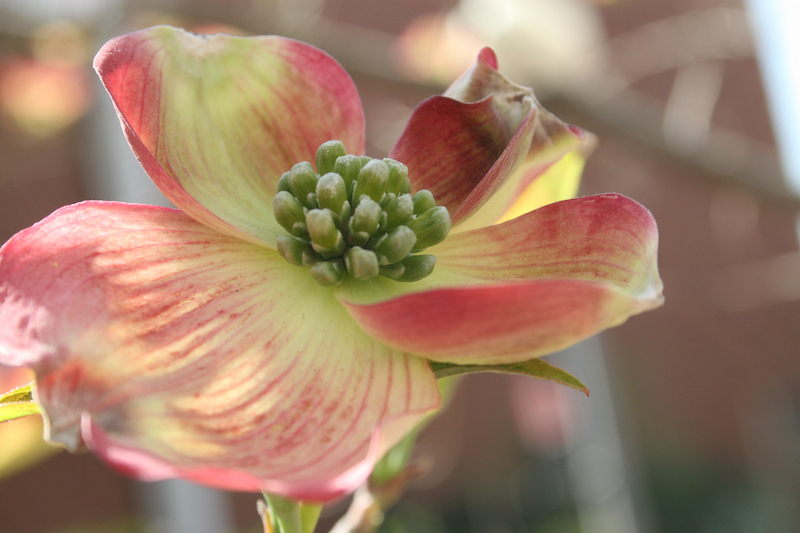
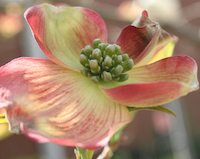

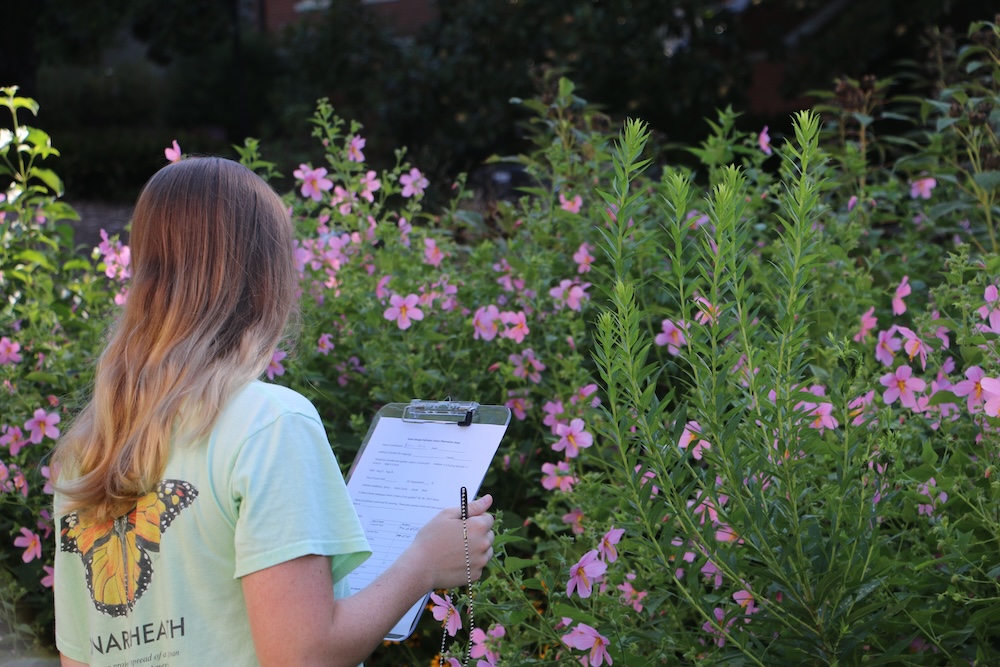
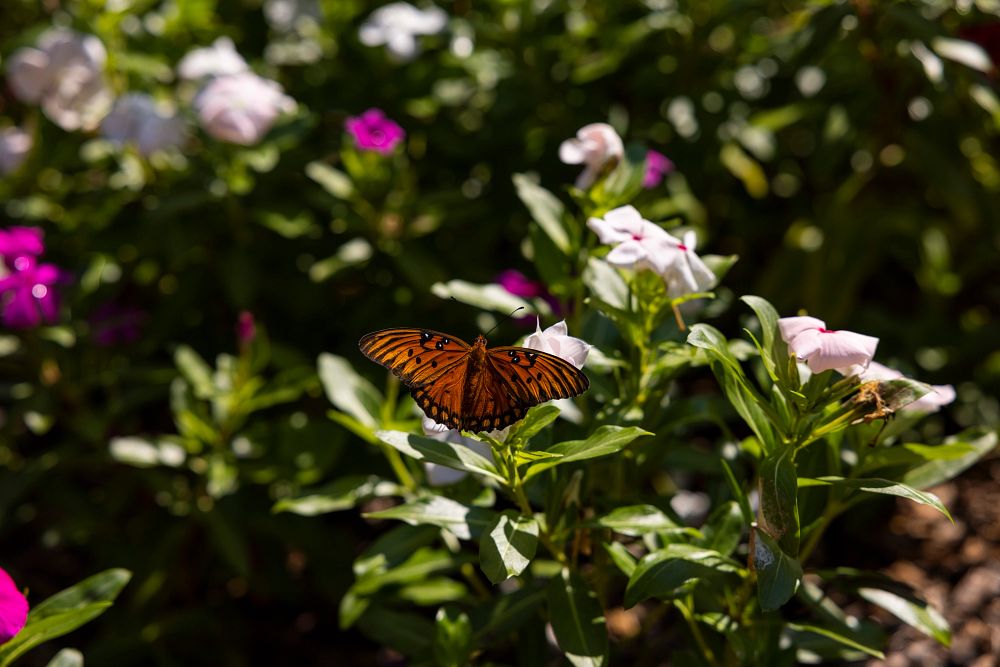
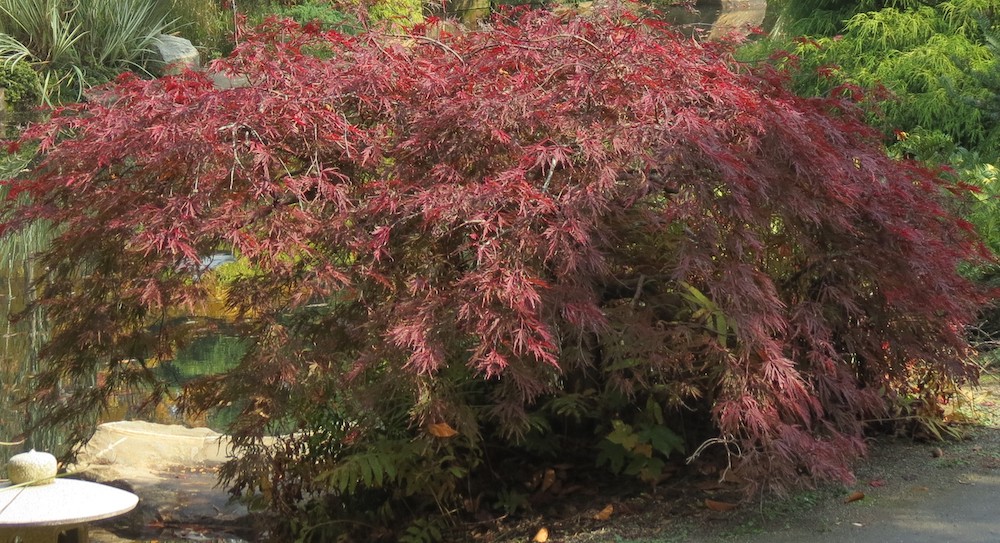
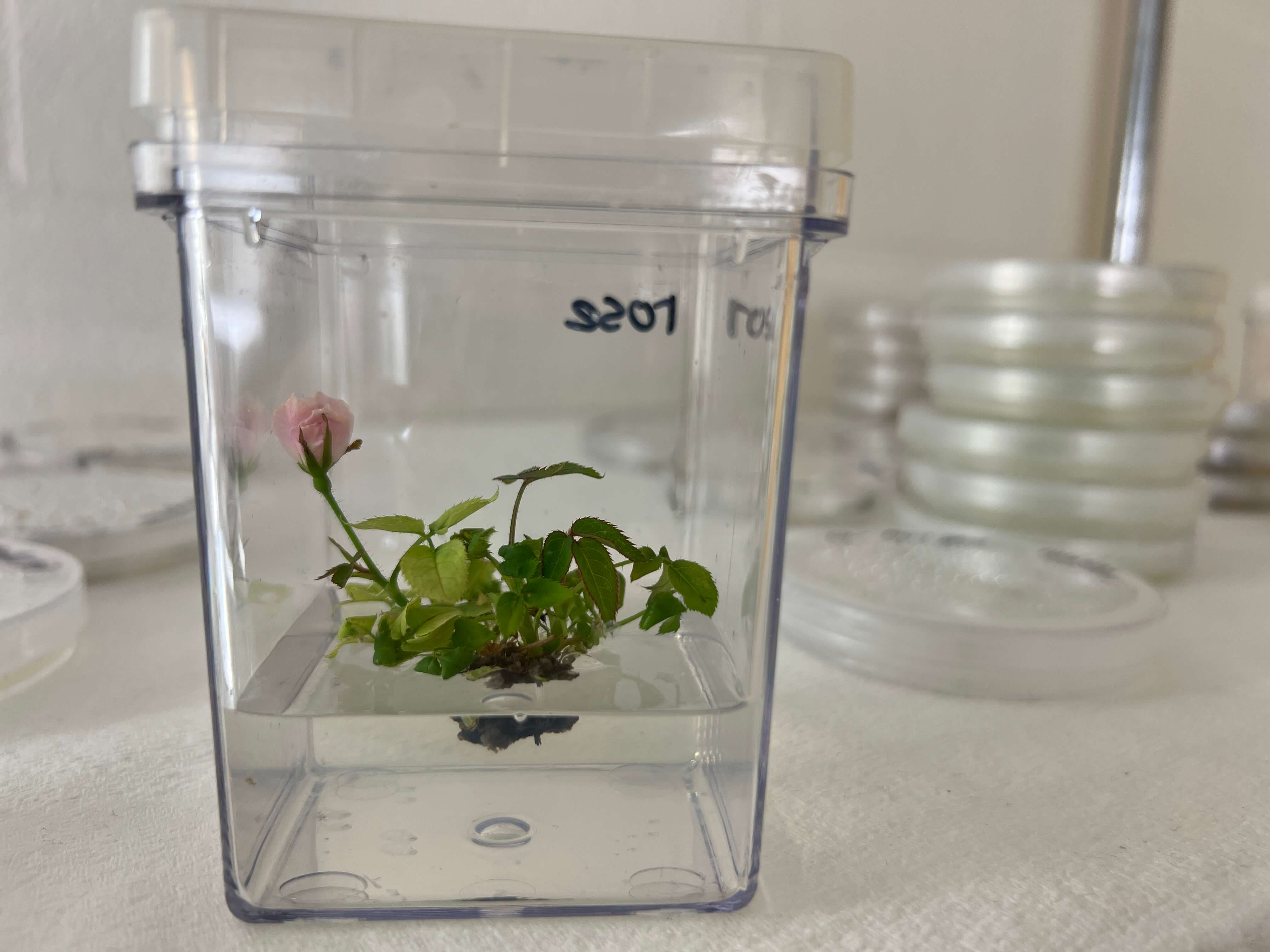
.jpg)